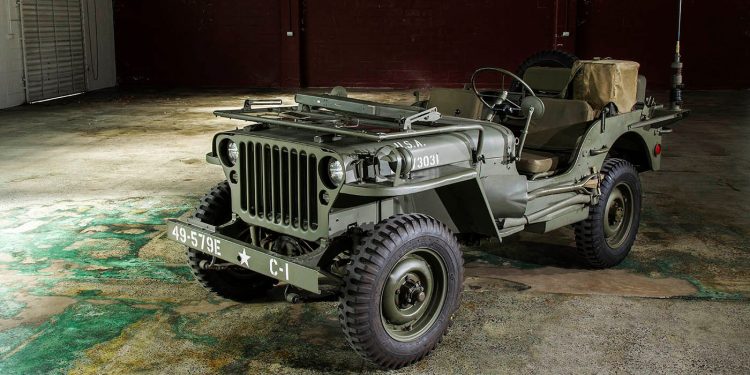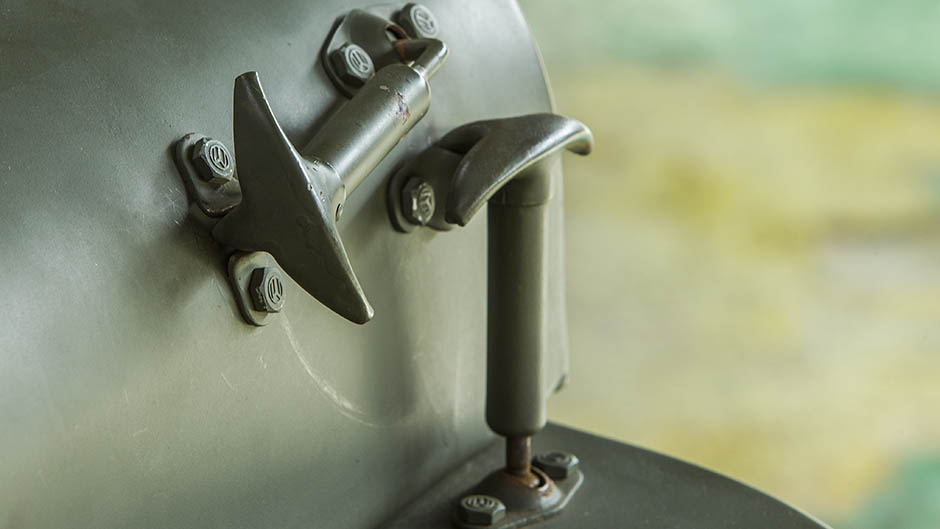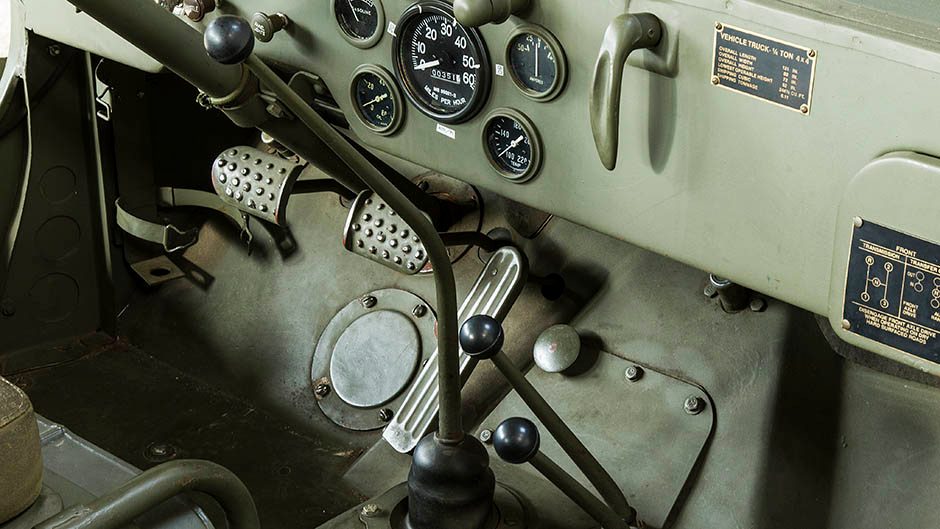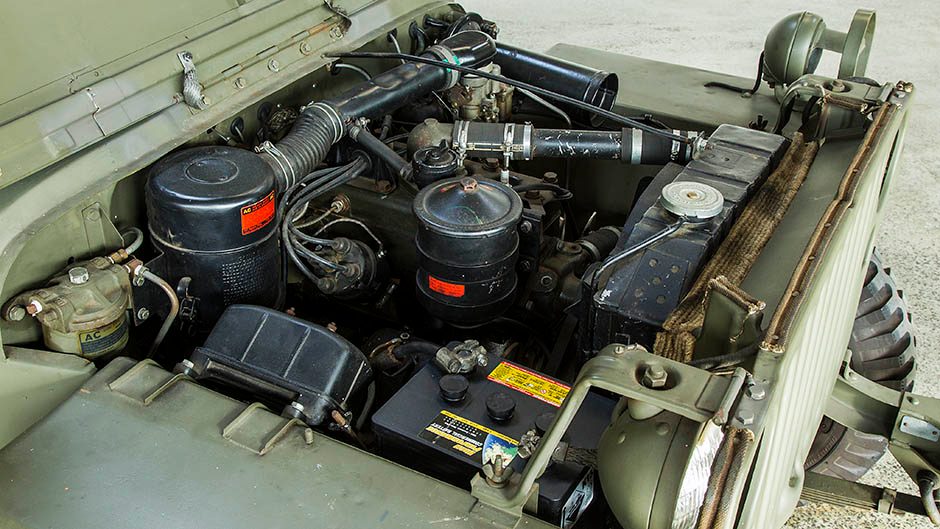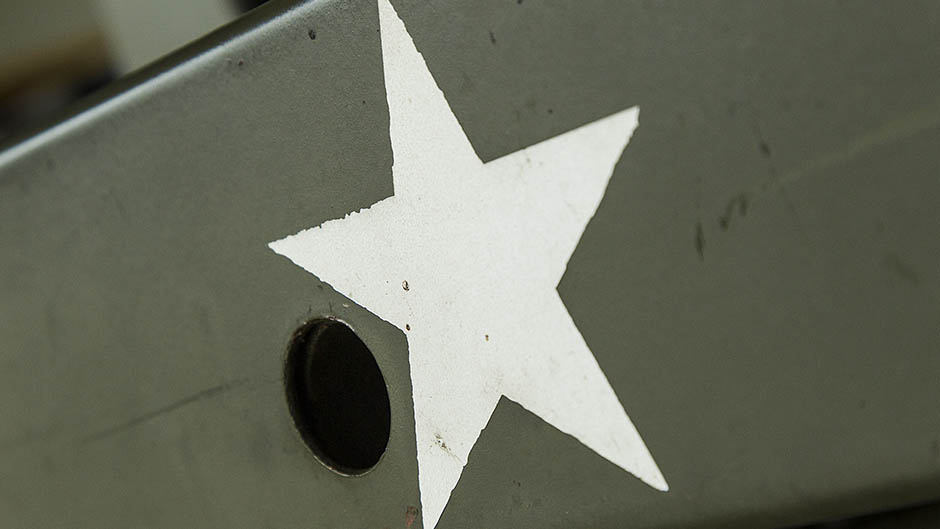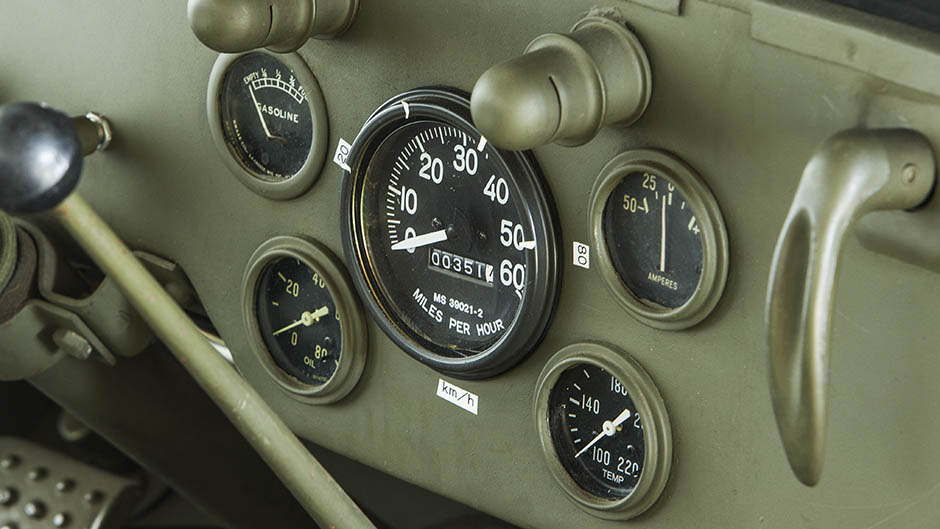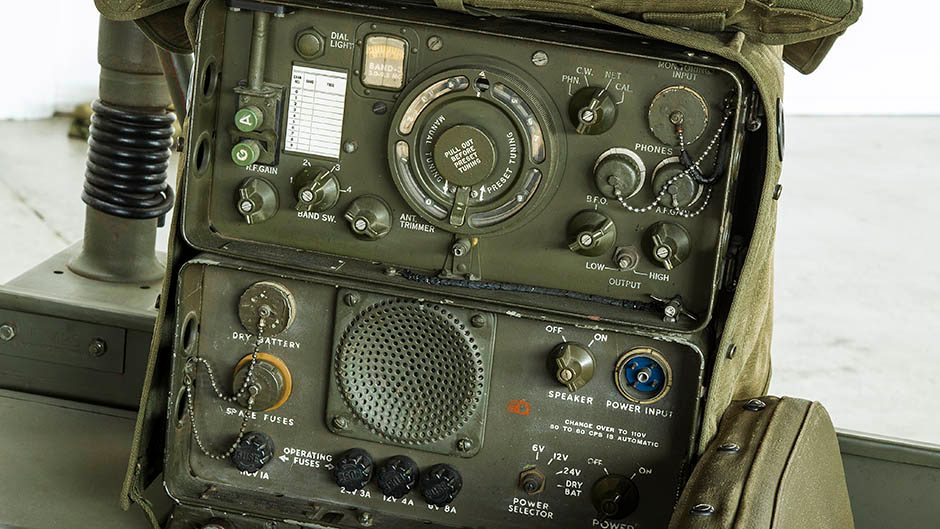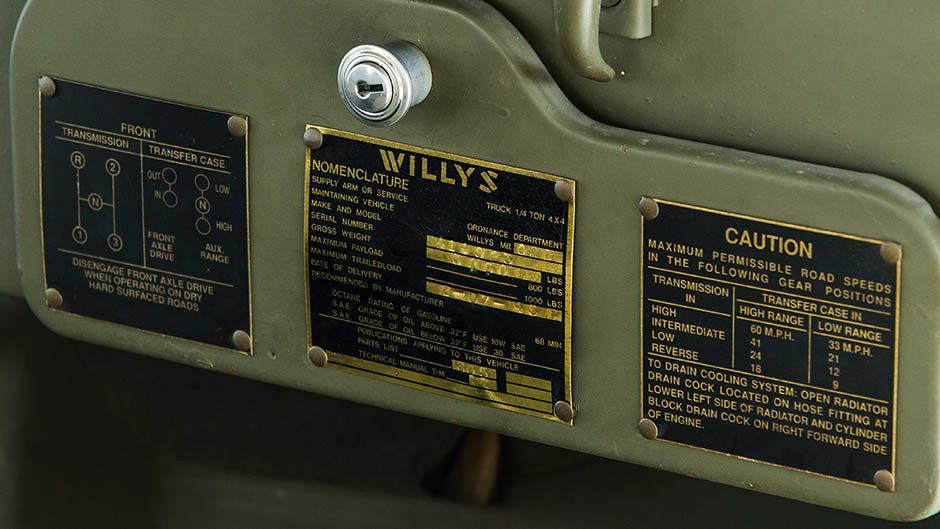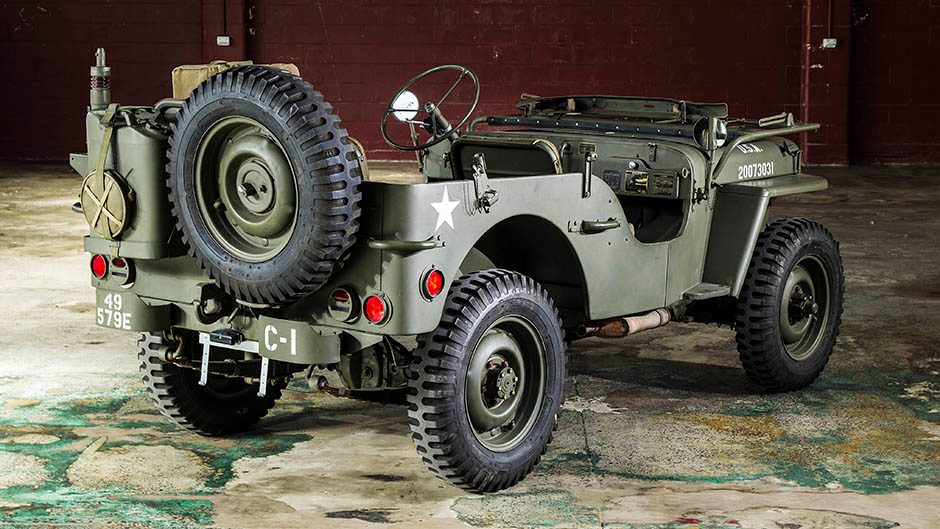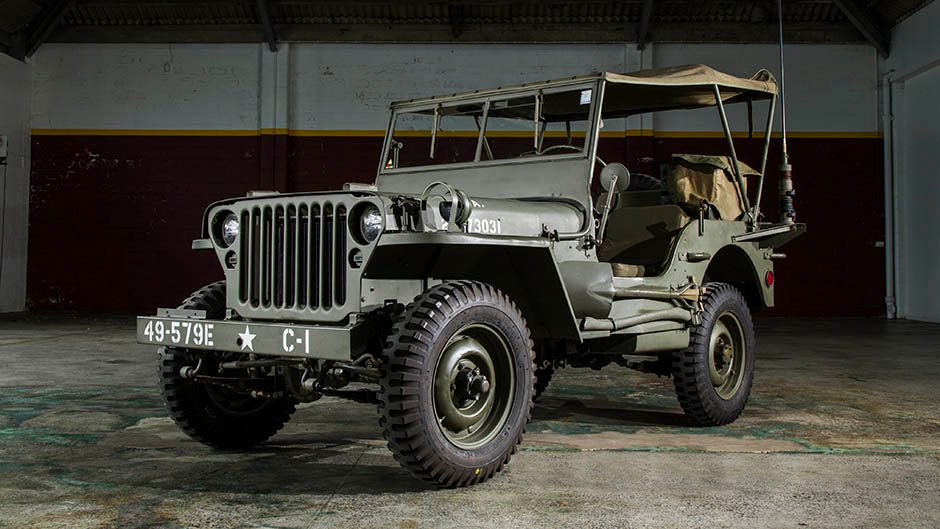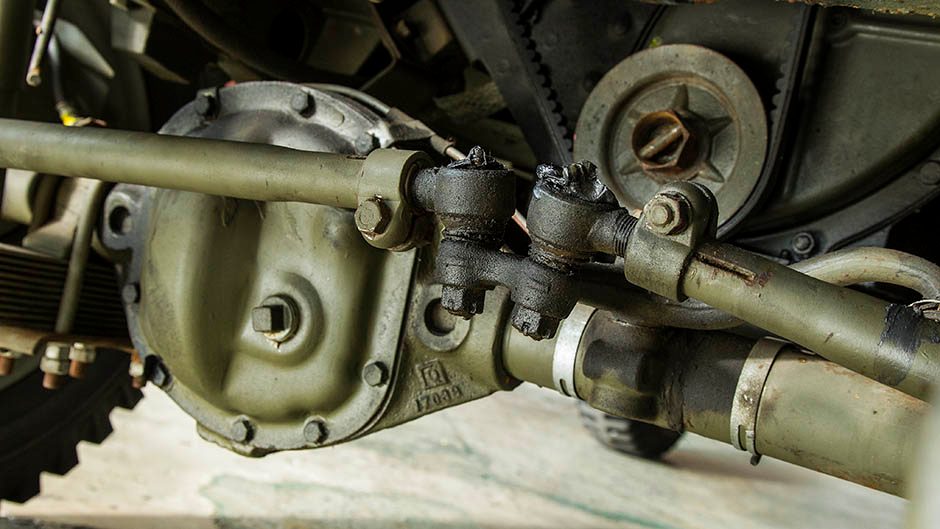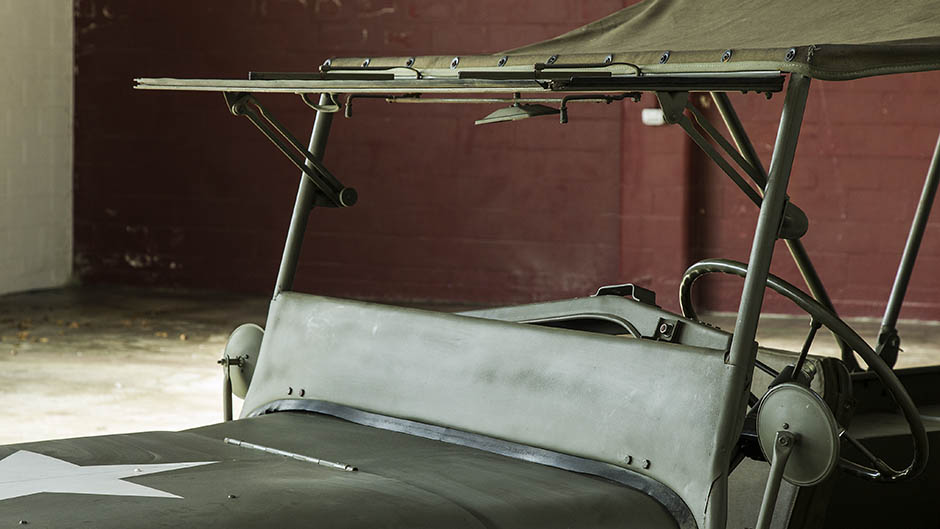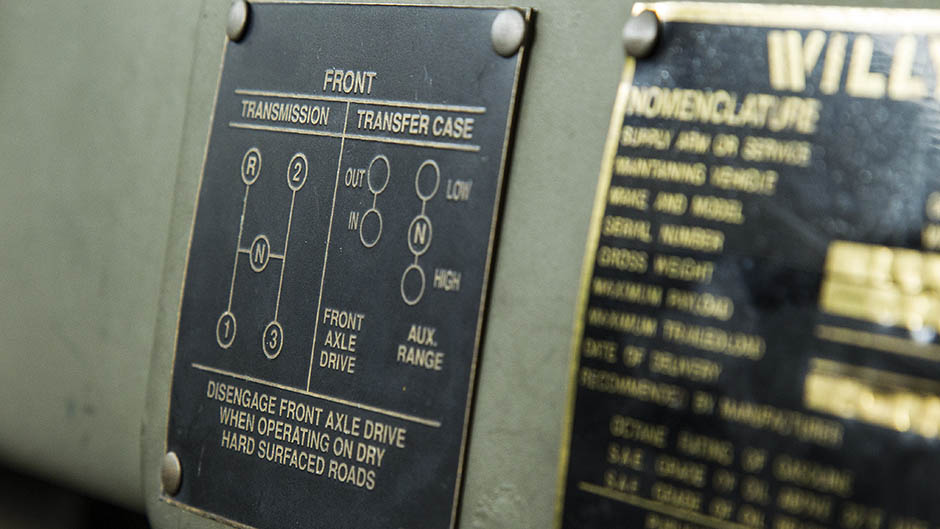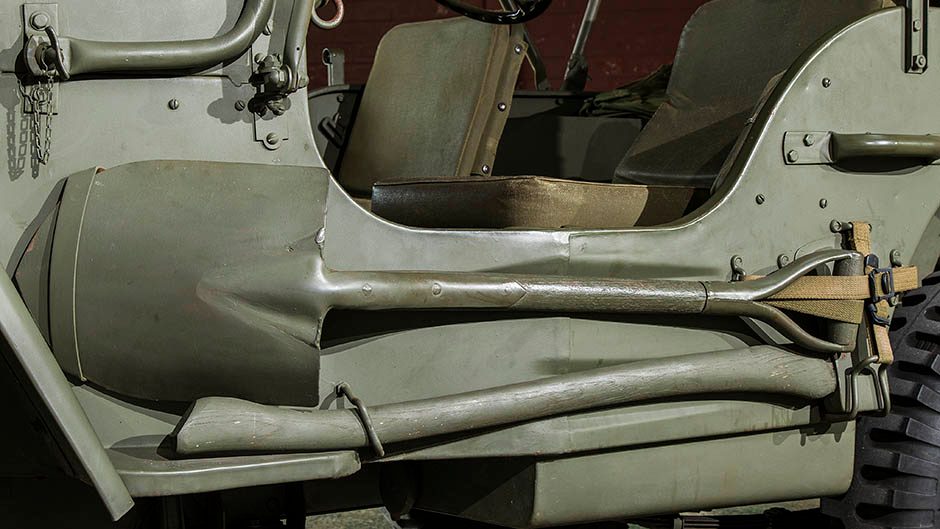1945 Willys Jeep
Words Kyle Cassidy | Photos Tom Gasnier
The Jeep helped win the war for the allies. It’s a truly iconic vehicle with an intriguing development story.
While there were many aspects to the Allied victory in WWII, machinery played a major role in the eventual triumph. It was the most mechanised war ever and yet the US Army didn’t even have the plans for what would become the Jeep until half way through 1940. The Army had struggled to find a suitable replacement for the horse since the end of WWI. They needed a dependable vehicle for recon and comms duty that could tackle all sorts of battlefield conditions. By 1940, Germany had demonstrated the effectiveness of a highly mobilised mechanised army, taking France in less than six weeks with the French quick to raise the white flag and get back to making cheese.
Even though the US was still waiting on the sidelines of the war, the Army needed its new machine pronto and in June 1940, the initial specifications were drawn up for a new recon vehicle. These called for a 4×4 vehicle with a 1905mm wheelbase, to be no taller than 910mm with its windscreen folded, an engine with 115Nm, a payload of 300kg, yet weigh no more than 590kg. Submissions were called upon from 135 companies demanding bids to be returned 11 days later, a prototype vehicle within 49 days and a further 70 test vehicles in 75 days. Just two companies responded due to the time restrictions and cost penalties for delays. They were Willys-Overland and American Bantam Car Company.
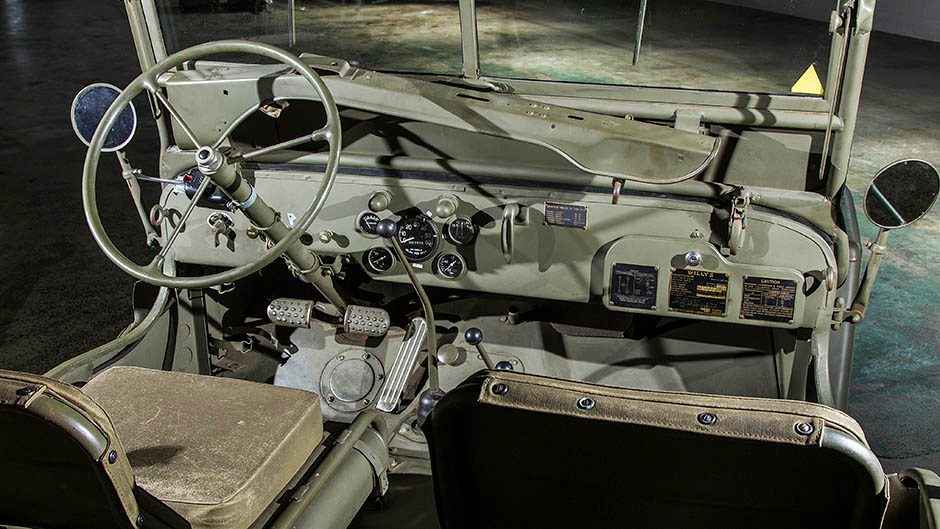
Bantam was a basketcase, employing just 15 people with its production facility idle. Its bid was a last roll of the dice. It contracted Karl Probst, an engineer who they couldn’t afford to pay. The reports say he was inspired by Churchill’s ‘Fight them on the beaches’ speech and so agreed to take on the project on a conditional fee. The story goes he spent five days drafting the initial design which was then accepted by the Army and this gave Bantam the contract and the task to build the prototype. While most of its components were outsourced, it was all cobbled together and was delivered to the Army for testing in September.
It seemed all over for Willys but the Army was said to be concerned by Bantam’s ability to mass-produce the vehicle. The Army showed the Bantam design to Willys and when its prototype, the Quad, turned up six weeks later for another round of testing, it looked much the same, but was fitted with Willys’ own engine. The company had spent two years honing this previously unreliable unit, which was known for shaking itself to bits. But the resulting ‘Go Devil’ became a model of dependability and during dyno testing was said to have run for 100hours at 4000rpm. The Army also invited Ford to join the party, wanting to tap into its massive production capacity and, after sharing the plans, the Ford Pygmy that turned up for testing was also another copy of the Bantam design.
The companies each had to turn out another thousand or so examples for the next gruelling round of testing. Check the clips out on You Tube to see these vehicles being jumped, with artillery in tow, drowned and generally tortured to see what would break. It was said that the original Bantam design was extremely tough, only breaking after being jumped off a four foot high wall.
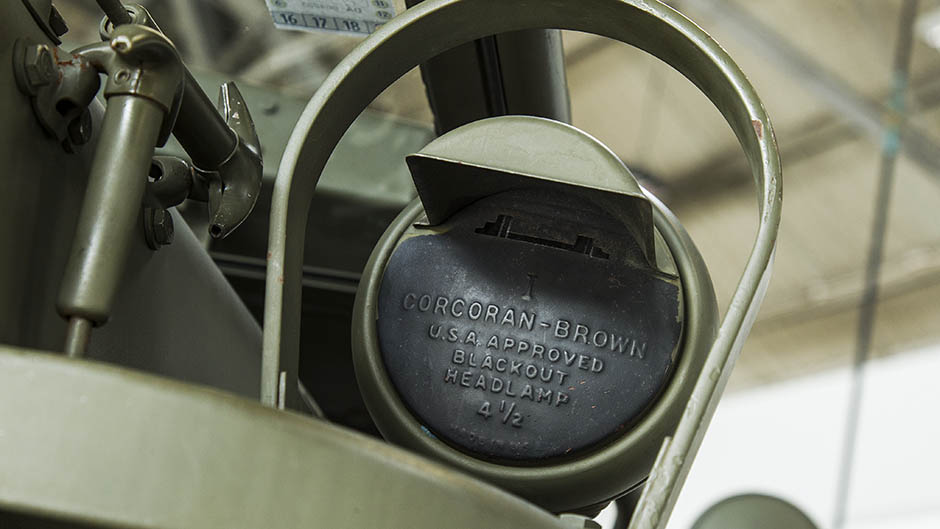
The Willys emerged as the front runner due to its brawny engine, but its design was too heavy, and although the target weight was raised (and the wheelbase lengthened), Jeep had to redesign many of its components to shave 112kg in order to meet the mark.
During the final round of testing, some aspects of the Bantam and Ford prototypes were incorporated onto the winning Willys design and the company was awarded the contract for a further 16,000 vehicles, designated the Willys MB, each costing $738.74. Ford was awarded a contract to build the Jeep under license, which was known as the GPW. Bantam was the big loser in it all and made just 2675 units in the end, but it was awarded smaller contracts during the war, including building trailers for the vehicle it ultimately had designed.
The Jeep was used as a scout car, a radio communications centre, and could be mounted with .50 caliber machine gun. It was used to tow artillery, it could be fitted with four stretchers to carry wounded, was rigged with rail wheels for use on railways and used for commando raids by the newly formed SAS in North Africa.
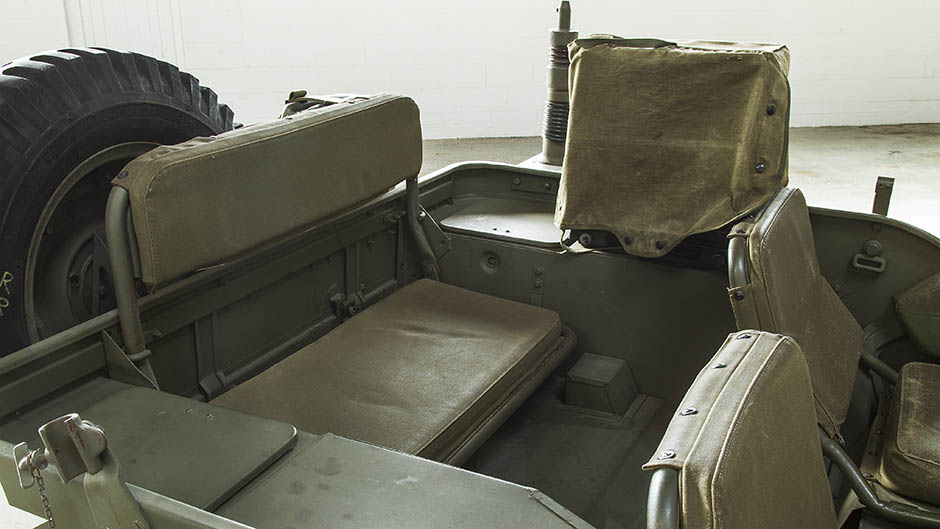
Some 647,000 Jeeps were made, about 363,000 of those by Willys. At the end of the war, surplus Jeeps were sold for around $US400. And as the years march on, surviving Jeeps become ever more sought after. This example turned up in the Japanese auctions as part of a deceased estate. That it could not be registered for road use there, and with a lack of bidders being the last auction of the year before Christmas, meant this pristine survivor was turned in. After some post auction dealing by the new owner, the Willys MB was purchased and six weeks later was in New Zealand. It belonged to an ex-US serviceman who purchased it after the war. He married a Japanese woman, and the Jeep was shipped to Japan, where it remained and was maintained meticulously. It was hardly used however, as this Willys, manufactured in 1945, has covered just 351 miles. Unfortunately, his widow couldn’t be contacted after the auction, so that’s all that is known about this original example. Prices for Willys range around the $NZ20-$30k mark here while some can fetch as much as $US50k in the US. This example has its original radio set too, complete with its big whip aerial.
Spartan would be a generous description of the Jeep’s fit-out. Jeep can be translated to Just Enough Essential Parts, which includes man handles to help extract the Jeep from the mud, pioneer tools strapped to the side, and a jerry can on the rear. The seats have a dash of padding, but prolonged travelling in the rough-riding Jeep was thought to be the cause of some 80,000 cases of pilonidal cysts on GI’s tailbones, a condition that became known as Jeep disease. The driver was lucky enough to be sat on the gas tank. Guess that’s a good safety feature as you don’t want to have an accident when you’re sitting on a tank of flammable liquids. And before you feel compelled to contact us, the owner is not interested in selling the radio unit.


